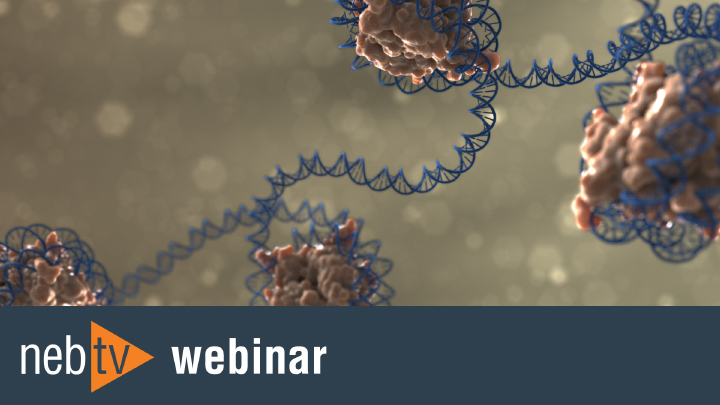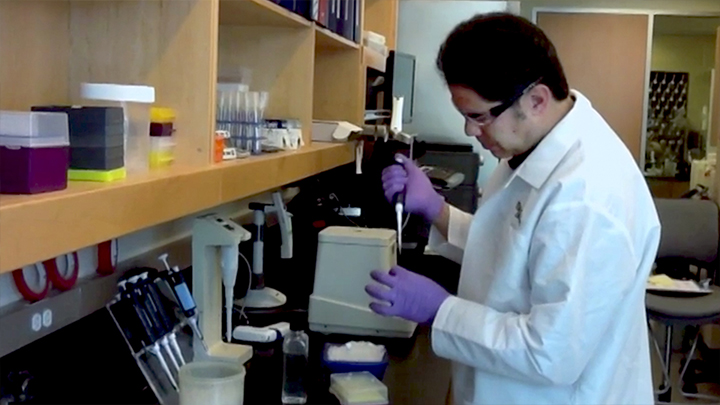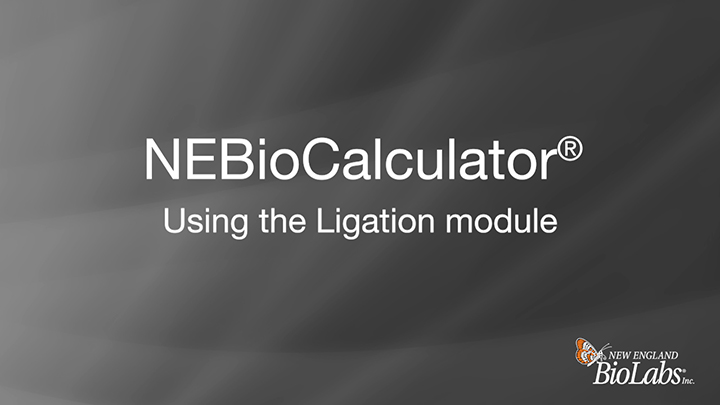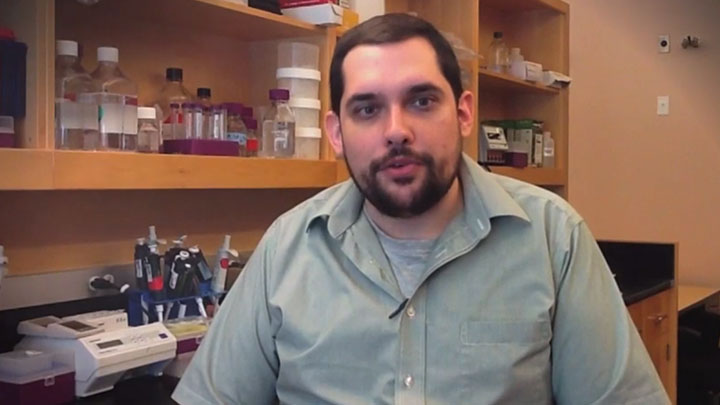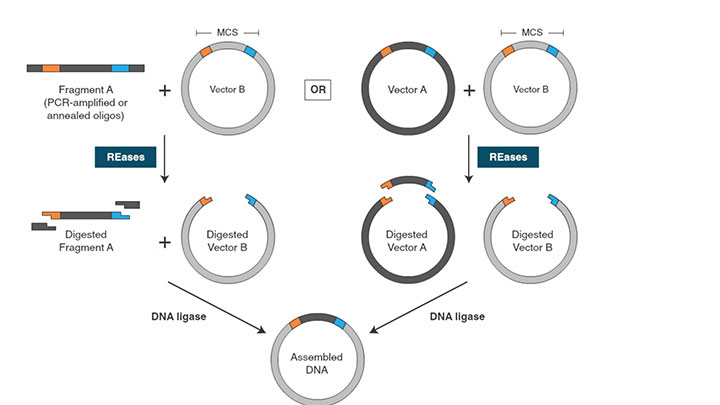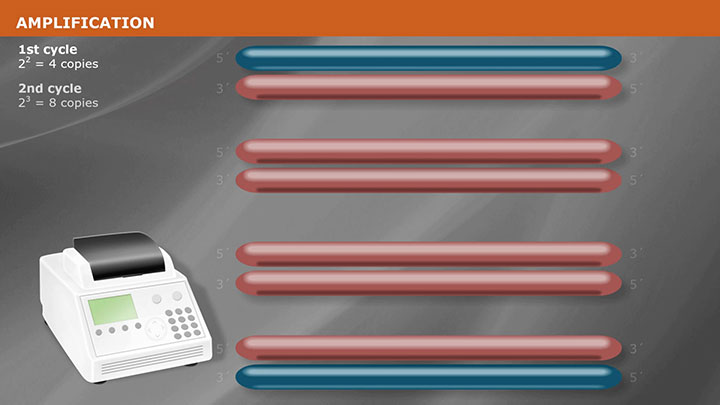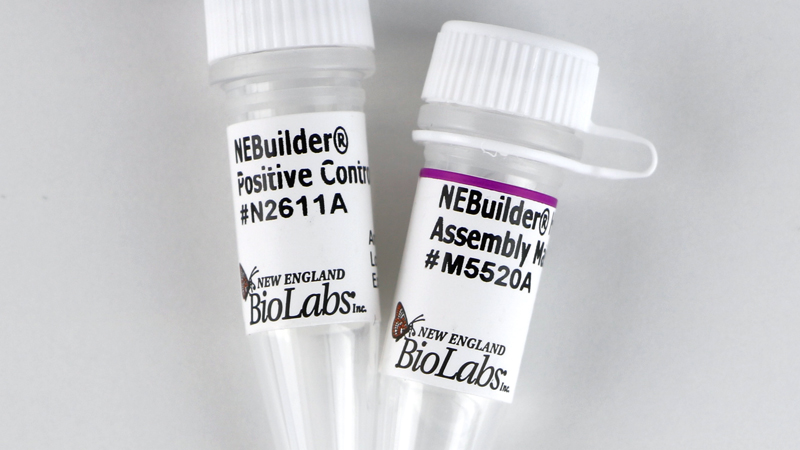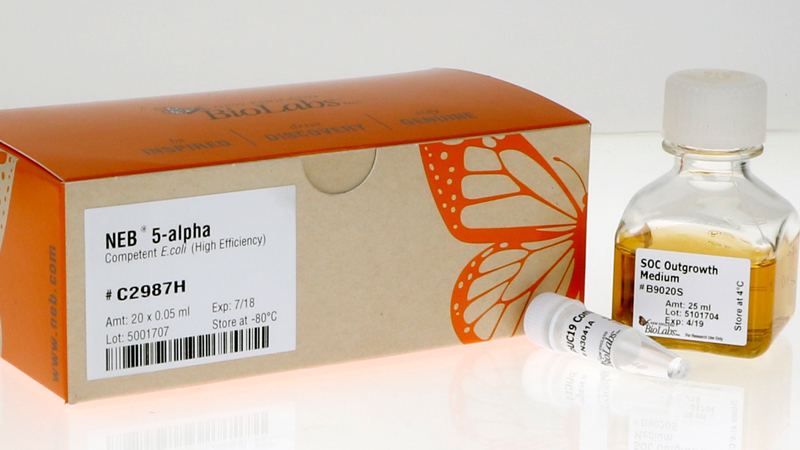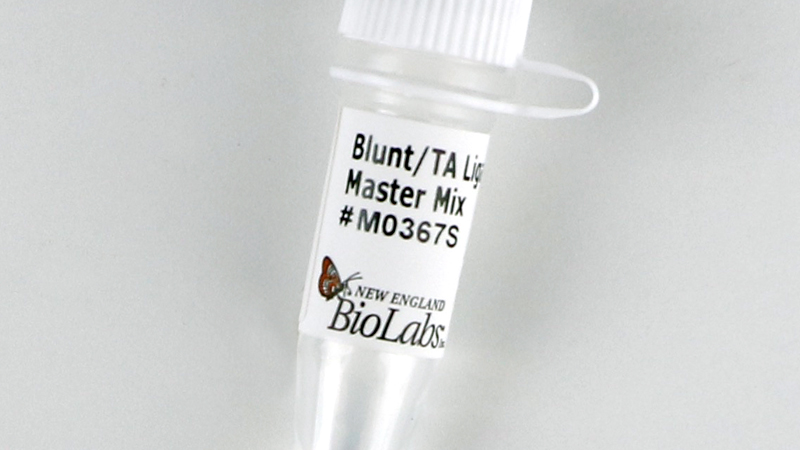ElectroLigase®
Product information| Code | Name | Size | Quantity | Price | |
|---|---|---|---|---|---|
M0369S |
ElectroLigase |
50 rxns | - | Unavailable in your region |
ElectroLigase®
Product Introduction
ElectroLigase® combines T4 DNA Ligase and an optimized, ready-to-use 2X reaction buffer containing a proprietary ligation enhancer and no PEG. This combination is specifically formulated to promote robust ligation of all types of DNA ends (e.g., blunt, sticky, TA). It is directly compatible with electrocompetent cells used for transformation by electroporation, without desalting or purification.
- Directly compatible with electrocompetent cells
- No thawing needed as it maintains liquid form at -20°C
- Not sure which ligase to choose? Refer to our DNA and RNA Ligase Properties Chart or DNA Ligase Selection Chart
| Catalog # | Size | Concentration |
|---|---|---|
| M0369S | 50 reactions |
Featured Videos
View Video Library- Product Information
- Protocols, Manuals & Usage
- Tools & Resources
- FAQs & Troubleshooting
- Citations & Technical Literature
- Quality, Safety & Legal
- Other Products You May Be Interested In
Product Information
Description
ElectroLigase™ combines T4 DNA ligase and an optimized, ready-to-use 2X reaction buffer containing a proprietary ligation enhancer and no PEG. This combination is specifically formulated to promote robust ligation of all types of DNA ends (blunt, sticky, TA). It is directly compatible, without desalting or purification, with electrocompetent cells used for transformation by electroporation. No thawing of the buffer is required as it maintains a liquid state during storage at -20°C*, thereby simplifying reaction set-up. By providing an optimized ratio of enzyme and buffer components, users are able to rapidly ligate all types of DNA ends applying a short incubation time at room temperature. Ligations for subcloning can be carried out in small volumes with low concentrations, allowing users to conserve precious DNA samples. These reactions can be pipetted directly, without purification or dilution, to transform many strains of electrocompetent E. coli**.* Freezers vary in their actual internal temperatures. Our testing demonstrates that the enzyme and buffer remain liquid at -20°C.
**ElectroLigase is also compatible with chemically competent strains of E. coli. Performance is generally around 50% efficiency, when compared to the Blunt/TA Ligase Master Mix (NEB #M0367 ).
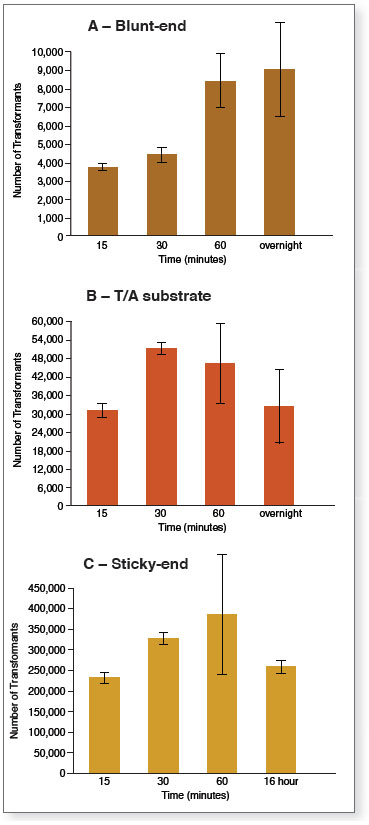
Product Source
Purified from an E. coli strain containing a recombinant gene encoding T4 DNA Ligase.- This product is related to the following categories:
- DNA Ligases
- This product can be used in the following applications:
- Cloning Ligation
Reagents Supplied
Reagents Supplied
The following reagents are supplied with this product:
| NEB # | Component Name | Component # | Stored at (°C) | Amount | Concentration | |
|---|---|---|---|---|---|---|
Properties & Usage
Heat Inactivation
65°C for 15 minutesApplication Features
- Vector construction
- Linker ligation
- Fragment assembly
- Library construction
- TA cloning
Product Notes
- Usage Notes:
Cells: Competent cells can vary by several logs in their competence. Perceived ligation efficiency directly correlates with the competence of the cells used for transformation. Always transform uncut vector as a control for comparison purposes.
DNA: Purified DNA for ligations can be dissolved in Nuclease-free Water; TE or other dilute buffers also work well. For optimum ligation, the amount of vector DNA should be 20–100 ng and the insert should be added at a 3-fold molar excess. For ligation volumes greater than 11 μl, increase the volume of ElectroLigase Reaction Buffer accordingly. Insert:vector ratios between 2 and 6 are optimal for single insertions. Ratios below 2:1 result in lower ligation efficiency. Ratios above 6:1 promote multiple inserts. If you are unsure of your DNA concentrations, perform multiple ligations with varying ratios.
Time and Temperature: Most ligations performed using ElectroLigase reach an end point at 60 minutes or less when performed between 4–37°C. Incubation beyond this time provides no additional benefit. Our recommendation for a 25°C (room temperature) incubation was chosen after evaluation of performance at 4°C, 16°C, 25°C, and 37°C. Most conditions reached at least 50% performance within 30 minutes.
Biology: Some DNA sequences are not easy to clone. Sequences that form structures, including inverted and tandem repeats, are selected against by E. coli. Some recombinant proteins are not well tolerated by E. coli and can result in poor transformation or small colonies
Protocols, Manuals & Usage
Protocols
Usage & Guidelines
Tools & Resources
Selection Charts
Web Tools
FAQs & Troubleshooting
FAQs
- My transformations using ElectroLigase® reactions produced no colonies. What happened?
- Can ligation reactions set-up with ElectroLigase® be used for transformation of chemically competent cells?
- Do I need to dilute the ElectroLigase® reaction in order to use it to transform electrocompetent cells?
- Can ElectroLigase® reactions be incubated for longer than 30 minutes?
- Can I incubate an ElectroLigase® ligation reaction at a temperature other than 25°C?
- I used an ElectroLigase® reaction to transform electrocompetent cells and I experienced arcing of my sample. What happened?
Troubleshooting
Citations & Technical Literature
Citations
Additional Citations
Quality, Safety & Legal
Quality Assurance Statement
Quality Control tests are performed on each new lot of NEB product to meet the specifications designated for it. Specifications and individual lot data from the tests that are performed for this particular product can be found and downloaded on the Product Specification Sheet, Certificate of Analysis, data card or product manual. Further information regarding NEB product quality can be found here.Specifications
The Specification sheet is a document that includes the storage temperature, shelf life and the specifications designated for the product. The following file naming structure is used to name these document files: [Product Number]_[Size]_[Version]Certificate Of Analysis
The Certificate of Analysis (COA) is a signed document that includes the storage temperature, expiration date and quality controls for an individual lot. The following file naming structure is used to name these document files: [Product Number]_[Size]_[Version]_[Lot Number]Safety DataSheets
The following is a list of Safety Data Sheet (SDS) that apply to this product to help you use it safely.ElectroLigase®
ElectroLigase® Reaction Buffer
Legal and Disclaimers
Products and content are covered by one or more patents, trademarks and/or copyrights owned or controlled by New England Biolabs, Inc (NEB). The use of trademark symbols does not necessarily indicate that the name is trademarked in the country where it is being read; it indicates where the content was originally developed. The use of this product may require the buyer to obtain additional third-party intellectual property rights for certain applications. For more information, please email busdev@neb.com.This product is intended for research purposes only. This product is not intended to be used for therapeutic or diagnostic purposes in humans or animals.
New England Biolabs (NEB) is committed to practicing ethical science – we believe it is our job as researchers to ask the important questions that when answered will help preserve our quality of life and the world that we live in. However, this research should always be done in safe and ethical manner. Learn more.
Other Products You May Be Interested In
The supporting documents available for this product can be downloaded below.
Protocol
Transformation Protocol (M0369)
Protocol
Transformation Protocol (M0369)
Protocol
Transformation Protocol (M0369)
Protocol
Transformation Protocol (M0369)
